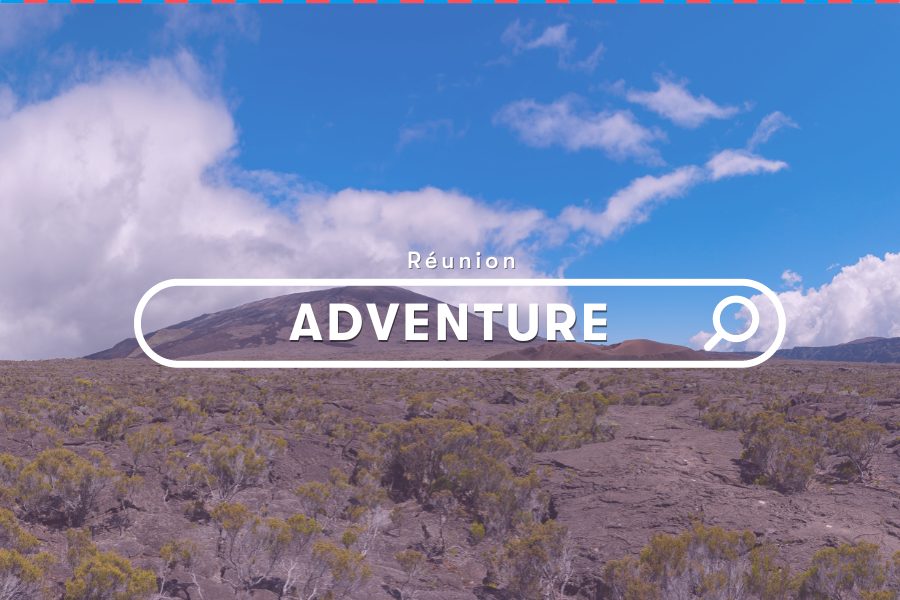Adventure to Réunion: Places to Visit
The volcanic, rain forested interior, beaches, coral reefs, and coral islands of Réunion Island, a French province in the Indian Ocean, are well-known. Piton de la Fournaise, a climbable active volcano with a height of 2,632 m, is its most recognizable landmark (8,635 ft.). The sizable extinct volcano Piton des Neiges and Réunion's three calderas—natural amphitheatres created by collapsing volcanoes—are popular climbing locations.
1. Piton de la Fournaise

La Réunion was formed by volcanic activity approximately three million years ago. Although the island's original volcano is now dormant, its younger sibling, the Piton de la Fournaise, is still erupting. It is a magnificent sight and one of the planet's most active hot spots.
Take a car up to the Pas de Bellecombe viewpoint for the most comprehensive view of the craters. The lunar Plaine des Sables is a red-earth plain with an unearthly appearance. It is best to arrive at the viewpoint early in the morning because a sea of clouds typically glides around 9 a.m.
2. Plage du Tremblet

Volcanic eruptions shape the island regularly, providing fascinating sights to visit, particularly in the south-east. Ever wonder what happens to lava when it reaches the ocean? Go to Plage du Tremblet. A hardened lava flow from a previous eruption in 2007 looms above this black sand beach.
Visit lava tunnels for a closer encounter with the volcanic energy. A select group of knowledgeable tour guides will take you deep underground and inside La Réunion's womb for an authentic insider experience. Make sure you book with a certified guide by following the Tourism Office's recommendations or researching their background.
3. Mafate

The current dormant Piton des Neiges, formerly the highest point, gave birth to La Réunion. It presently creates three cirques, calderas (depressions left behind when a volcano erupts). Mountain pathways draw travellers worldwide to these beautiful hiking destinations because of their peaks, ridges, and valleys. The most well-known cirque, Mafate, served as a haven for enslaved people fleeing to the inner highlands to avoid capture by slavers. It is still only accessible on foot.
A typical climb into Mafate begins at Col des Boeufs and descends to the La Nouvelle settlement. Walk through the Plaine des Tamarins, a century-old tamarind tree forest, and spend the night in one of the islets, incredibly remote settlements at the centre of the cirques.
4. Salazie

Another caldera, Salazie, is reachable by vehicle. Creole communities, including the picturesque Hell-Bourg, are strongly advised to visit. You can learn more about the past residents' lifestles through guided tours, which you can reserve at the town's tourism office. Spend some time admiring the famed Case Folio, which features a charming fountain in front of a classic building and traditional architecture.
5. Saint-Leu

Saint-Leu is a little town on the coast in the west with a lot to offer. Paragliding is a thrilling outdoor sport that allows participants to take off from slopes with panoramic views. Take a stroll along Pointe au Sel after that in search of undiscovered coastal basins where you can cool down in clean waters with locals. The Conservatory of Mascarin, a sizable botanical garden containing every species growing on the island, is the final place to go if you want to learn more about the flora of Reunion.
6. Sud Sauvage

While the north and west coasts have become more urbanized, the south has remained more natural and traditional. Ahead of rocky beaches pummelling by blue waters are large fields of sugarcane and primitive woodlands. Don't skip Manapany-les-Bains' tiny, frequently crowded beach, Grand Anse's white-sand cove, or Cap Méchant's volcanic rock cape. If you have time, return to the countryside and travel along the Langevin river until you reach the stunning Grand Galet waterfall.
